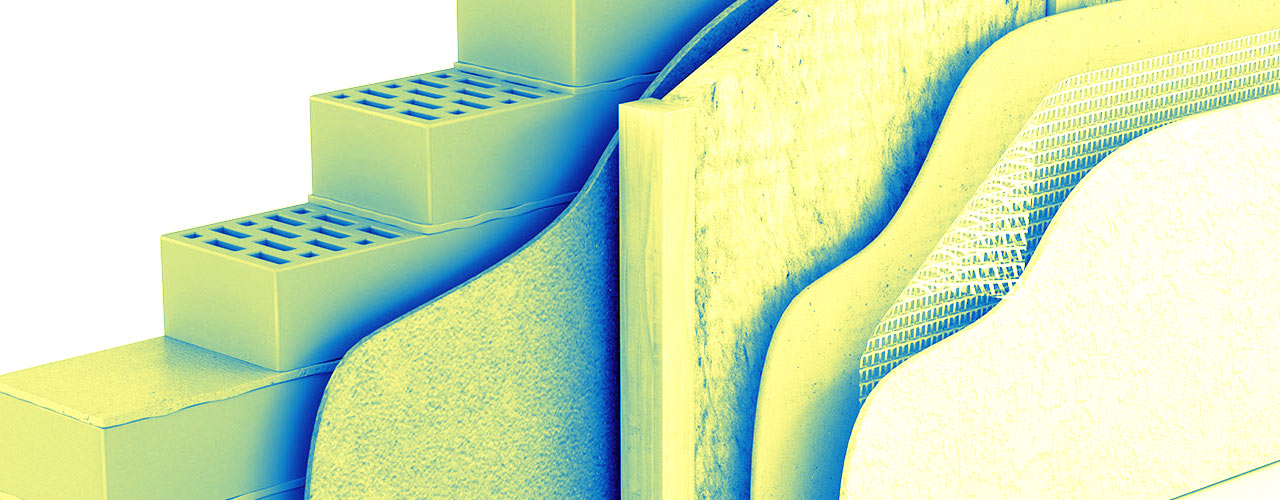Glazing System U-Factor and Related Performance Requirements
Project managers in the glass and glazing business rarely receive training on the thermal performance of windows, energy code requirements, and thermal requirements in the design specifications. These can be particularly tough topics to learn, especially for new project managers who are faced with the challenge of learning many different things about the business on the fly.
This article is a quick primer on U-Factors and some related thermal performance concepts. It will give you the basic information you need to get through the day, including the overall system U-factor and other factors that play a role in the thermal performance of a building. By the end of the article you should be able to understand the specification requirements for a project and whether the systems you plan to use meets those requirements.
What is a U-Factor?
We can build a solid knowledge base by starting with some basic terminology:
- U-Factor is a measure of thermal transmittance through conduction, convection, and radiation. It’s the inverse of the R-value commonly used for insulation. The lower the U-Factor, the better for thermal performance.
- NFRC is the National Fenestration Rating Council, which determines the guidelines for energy ratings such as U-Factors.
The NFRC has developed testing standards such as NFRC 100, 200, 300, etc. for U-factors and other thermal performance measures. We’ll discuss NFRC guidelines in more depth, along with their uses and limitations, in future articles.
When it comes to the overall system U-Factor, the NFRC uses a component modeling approach (CMA) that factors together the U-Factor at the center of the glass (COG), the edge of the glass (spacer), and the frame itself. The flowchart below shows how these three factors are combined into a system U-Factor.
Every component of your system has a different U-Factor. And, taken together, these components combine into an overall system U-Factor. Check out the chart below from Tubelite, for example. It shows how different components affect the overall U-Factor of the system when combined. Remember, the lower the U-Factor, the more energy efficient the system.
What are U-Factors used for?
HVAC contractors use the overall U-Factor of glazing systems to design building systems. However, system U-Factor is only one piece of the puzzle. There are many other factors involved in the thermal performance of buildings. Some of these factors are briefly discussed below and will be explored in more detail in future articles.
- SHGC or Solar Heat Gain Coefficient: The solar heat gain of a window is the amount of solar radiation that passes through it into the building. The SHGC can be affected by sunshades, window coatings, tints, etc.
- VT or Visible Transmittance: The visible light transmittance of glass is a measure of how much visible light comes through the window.
- Air infiltration: Air entering the building through joints or seams can have a negative impact on the thermal performance of the building and HVAC systems.
Understanding these common thermal performance factors can help you avoid problems with submittals. For example, now that you know what a U-Factor is, you can make sure your system design always matches the specified U-Factor.
However, it’s important to note that sometimes the system design, including the specified glass, only meets some of the specified requirements. In this case, you can use different components that are not specifically called for to meet the U-Factor specification. These could include thermal pressure plates in a curtain wall or warm edge spacers in glass units. Consult the product U-Factor charts to see how they will affect the overall system U-Factor.
It’s important to always take the time to review the overall design specifications and the specs for all products. Product manufacturers should have all the information you need.
Questions?
Drop us a line if you have any questions about U-Factors or the thermal performance of glazing systems. We’ll be happy to help.



